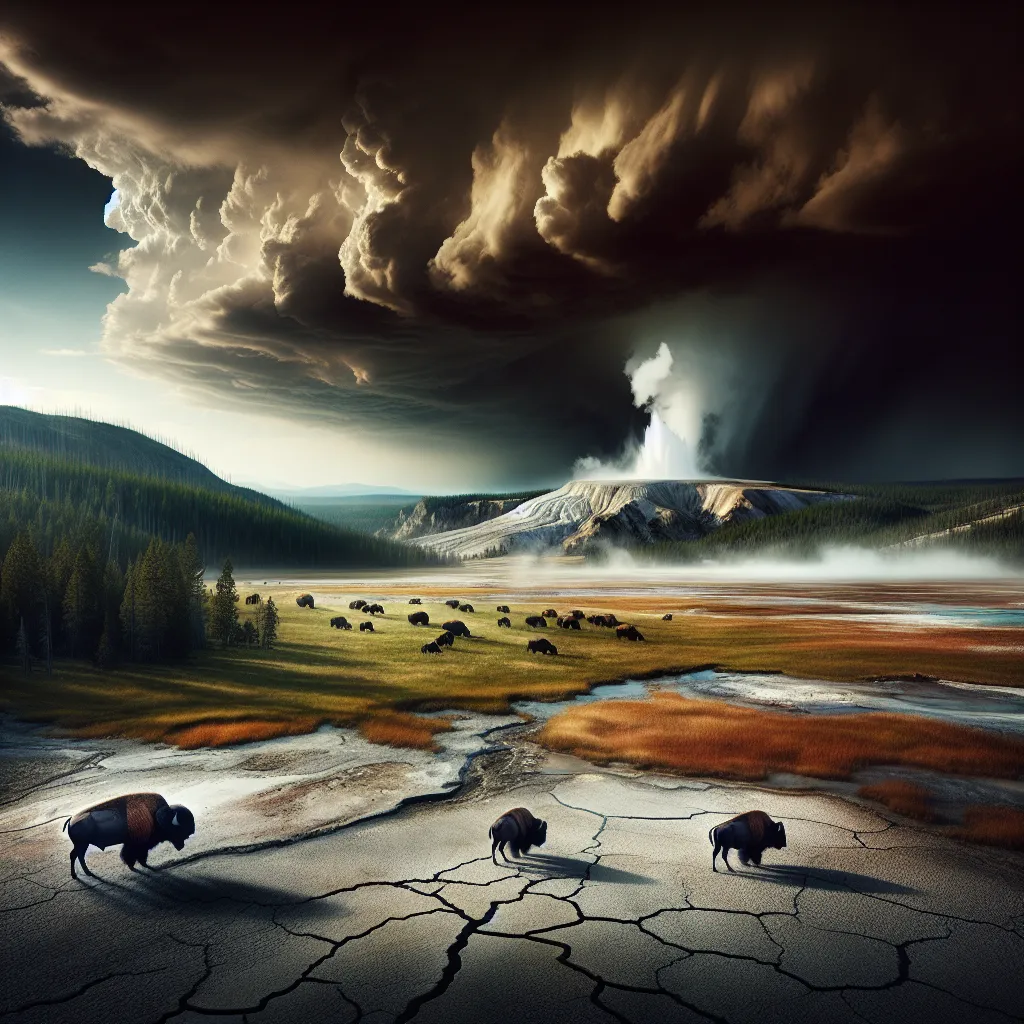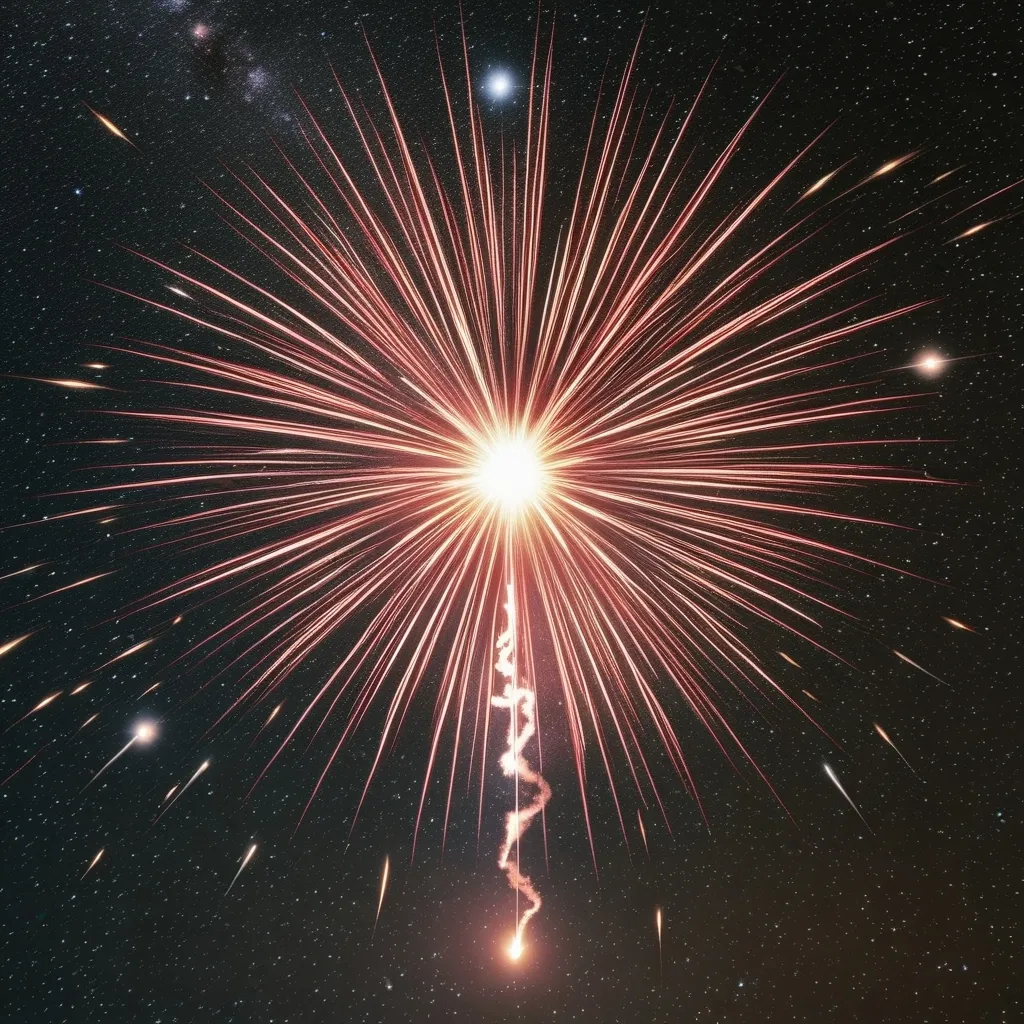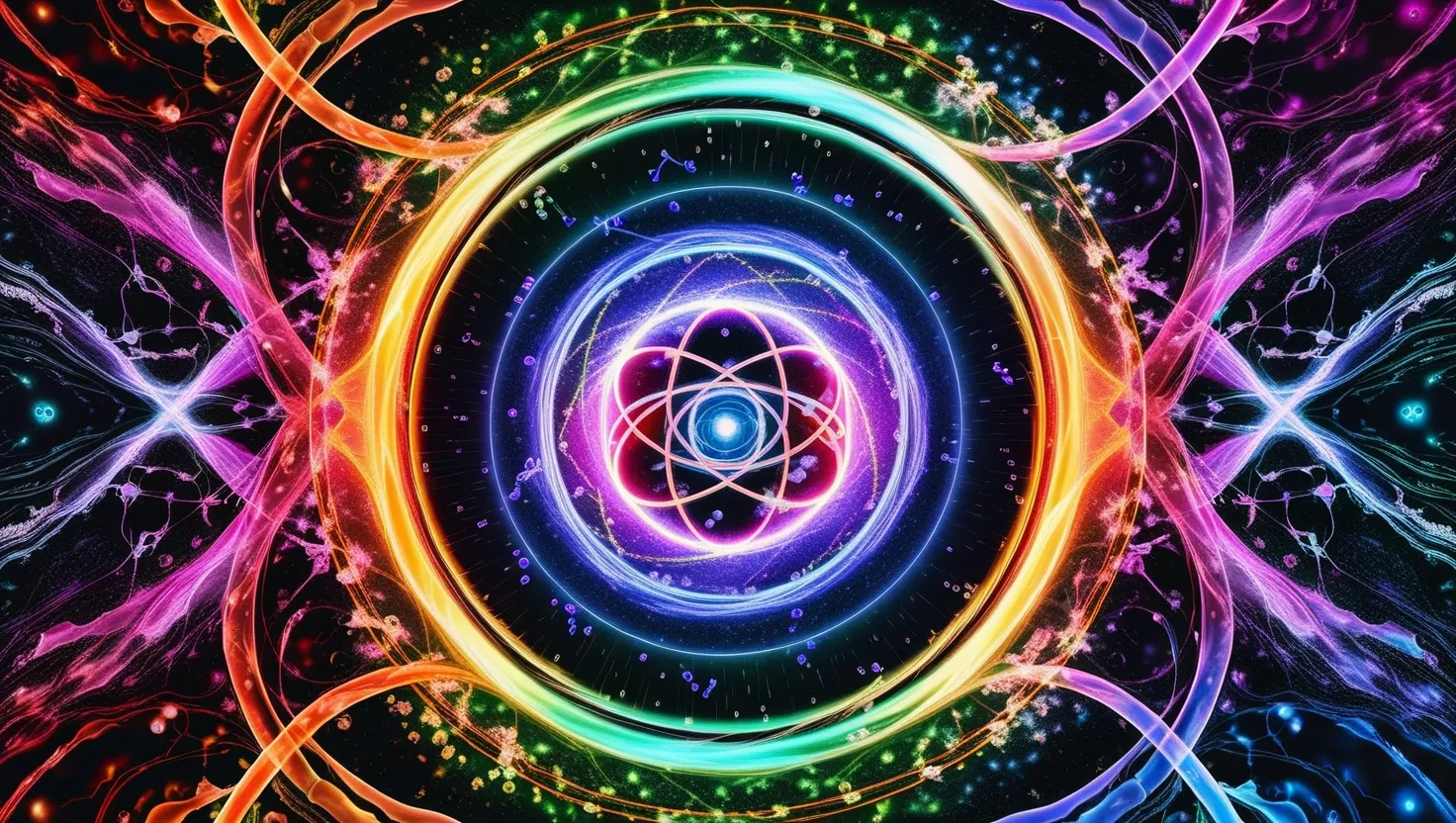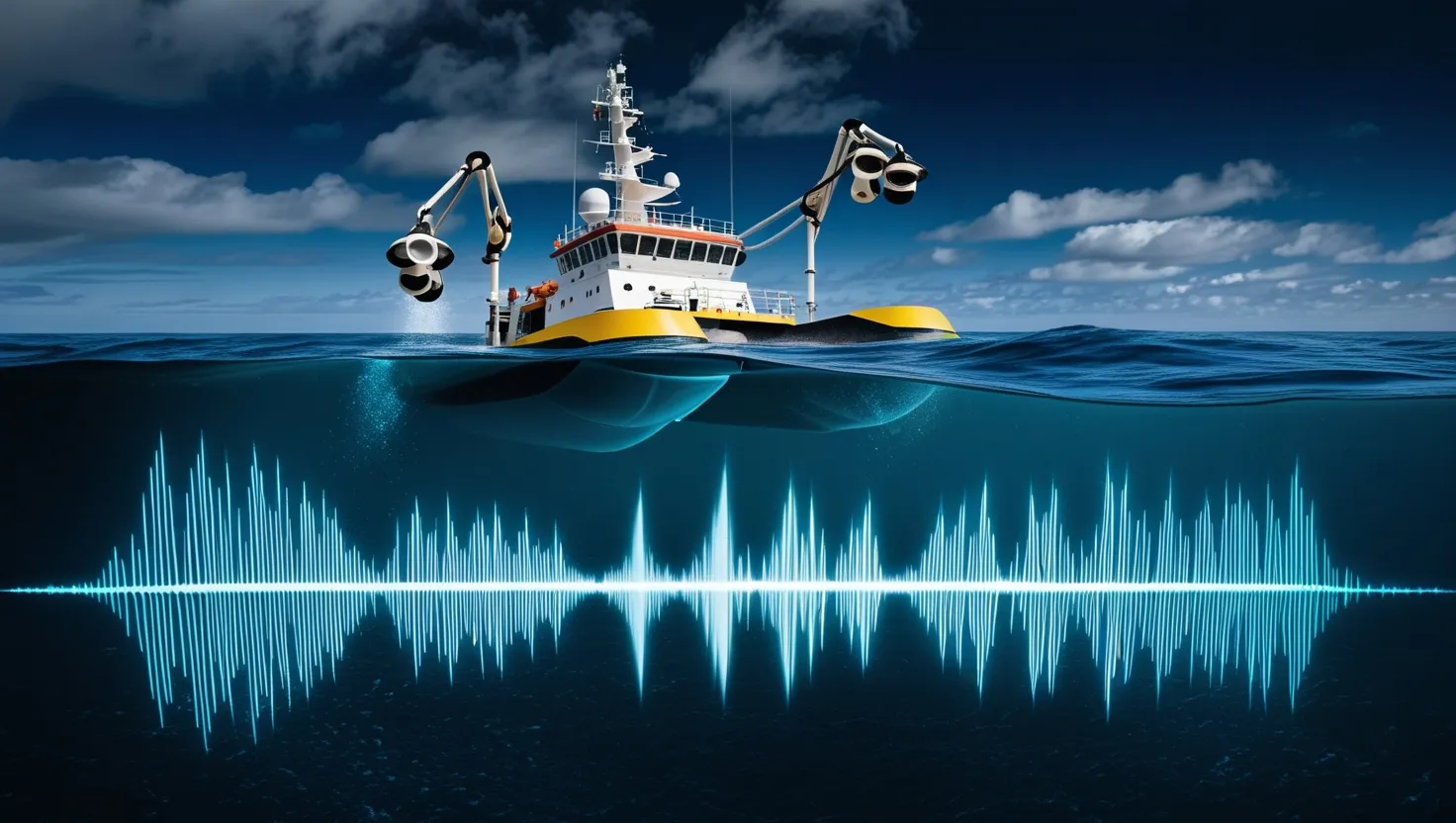Yellowstone National Park in Wyoming is often seen as a picturesque and serene landscape, but lurking beneath it is a tale of fire and fury. Back in the spring of 2003, signs of upheaval began to emerge. The world’s tallest geyser erupted after decades of silence, new cracks appeared, and parts of the ground became dangerously heated. Tragically, a herd of bison succumbed to toxic fumes seeping from underground. Satellite images pointed to something ominous brewing beneath the park, sparking rumors of a looming super volcano eruption.
The concept of a super volcano is mind-boggling. These colossal eruptions dwarf ordinary volcanic events, ejecting billions of cubic feet of ash and debris, and impacting vast areas. The last known super volcanic eruption occurred 74,000 years ago, and scientists caution that such events are recurrent throughout Earth’s history. Many of these super volcanoes lie beneath the United States, including the one under Yellowstone.
Geologists like Bob Christensen have spent years investigating Yellowstone’s past. At the park, three times more heat emerges from the earth than anywhere else in the Rockies. Early on, it was believed this heat came from an extinct volcano, but a significant earthquake in 1959 changed that notion. The quake revealed a massive magma chamber beneath Yellowstone, raising alarm.
Bob’s mapping revealed something stunning: a giant caldera, or volcanic crater, formed by an ancient, massive explosion. This super volcano’s eruption had impacts far beyond normal volcanoes. For comparison, the deadly 1980 eruption of Mount St. Helens was a fraction of the size of Yellowstone’s previous eruptions.
If Yellowstone were to erupt again, the results could be catastrophic. Pyroclastic flows, deadly clouds of heated gas and debris, would devastate everything within 60 miles. Furthermore, an ash cloud could blanket half the United States, leading to widespread transportation shutdowns, building collapses, and potential mass casualties from respiratory issues. The ash is particularly perilous, containing sharp particles that can cause severe lung damage.
Beyond the immediate horror, a super eruption could trigger global climate shifts, plunging temperatures worldwide. The eruption of Tambora in 1815, although smaller than a predicted Yellowstone eruption, caused “The Year Without a Summer,” leading to widespread famine. A super volcanic event could be even more severe, threatening the survival of large swaths of humanity.
So, the big question remains: could such a calamity be halted? Presently, technology offers no solutions to prevent a super volcano eruption. Even with advanced monitoring systems in place, which detect geological changes like ground deformation and seismic activity, predicting the exact timing of an eruption remains uncertain. Such an event isn’t expected anytime soon, given the current state of Yellowstone’s magma chamber.
While the prospect is dire, the chance of a super eruption is extremely rare. These events occur roughly every 700,000 years. But as long as Yellowstone remains active, scientists will continue to monitor it closely, hoping to predict and better understand these colossal natural forces. For now, Yellowstone stands both as a natural wonder and a reminder of Earth’s untamed power.






